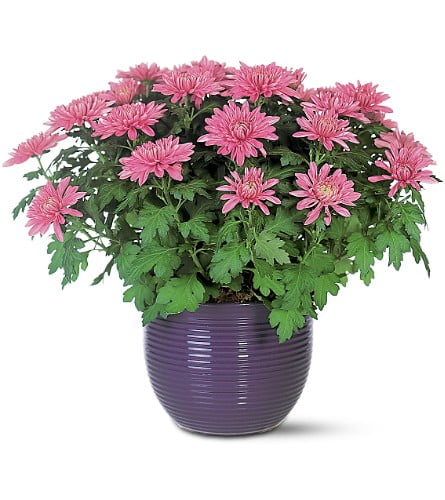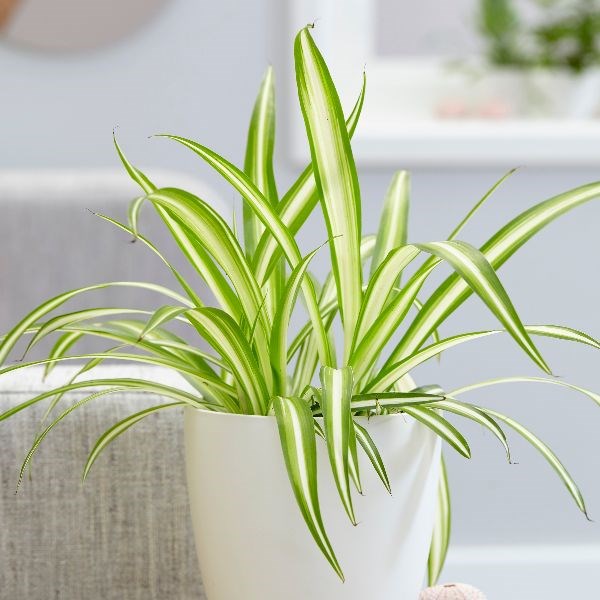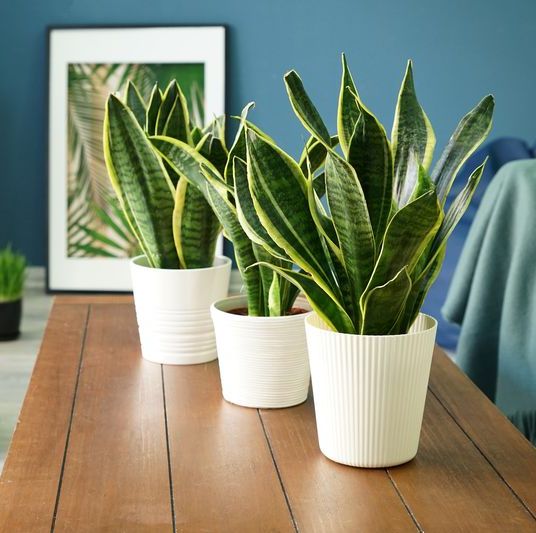There can be unintentional side effects of living in a modern, energy-efficient building. One of them being less flow of air. Due to the lack of proper ventilation, there are great chances of indoor pollution building up. There can be various health problems like asthma or sick building syndrome. Moreover, modern furnishings, synthetic building materials, and carpets contain chemicals more than you might be expecting. These chemicals consequently make up 90% of indoor pollution. NASA in 1989 discovered that houseplants are one efficient way to absorb and remove harmful indoor toxins. This becomes a base for new studies addressing the cleaning abilities of indoor plants. Although plants are not as powerful as air purifiers, they are definitely more natural, cost-effective, and therapeutic. This article will give you an in-depth analysis of the best air purifying plants that you must make a part of your homes.
Air Pollution and its Effect on Health
The quality of air that is within and around buildings and infrastructures is known as Indoor Air Quality (IAQ). It is related to the well-being and comfortability of the people living in a building. We can understand and control indoor air pollutants so that the risk of indoor health concerns can be reduced. The effects on health from indoor air pollutants can occur either soon after being exposed or can be years later.
Immediate effects
Some of the health effects show up immediately after one-time exposure or repeated exposures to a pollutant. These effects are mostly short-term and treatable. Sometimes the treatment can be as simple as eliminating the exposure of the person to the source of pollution if it is identifiable. After having exposure to air pollutants present indoors, symptoms of diseases like asthma can occur and can aggravate as time passes.
There are various aspects that determine the likelihood of immediate reactions to indoor air pollutants such as age and pre-existing medical conditions. In some cases, individual sensitivity determines how a person reacts to certain indoor pollutants. This varies from one person to another.
Long-Term Health Effects
There can be other effects on health that may become visible after many years of being exposed or after exposure periods that were long and frequent. These effects can be problems related to the respiratory system, heart, and cancer which can be severely harmful or life-threatening. Therefore, it is necessary to upgrade the quality of air in your homes although the effects may not be observable.
Best indoor air purifying plants
Following are the best air purifying plants which you should include in your indoor environments.
1- Devil’s Ivy
Source (Pinterest)
The Devil’s Ivy also called pothos or golden pothos is an undemanding plant. It is extremely efficient in fighting harmful indoor toxins. With its beautiful cascading tendrils, it can add color and vibrance to your indoor spaces. It can easily grow in water and vessels.
Eliminates: Xylene, Trichloroethylene.
2- Peace Lily
`
Source (ProFlowers)
Peace Lily or also known as a Spathiphyllum, are the least demanding and easy to maintain plants. These plants grow really well indoors especially in places with less light. Their green glossy leaves are a perfect addition to any of your rooms. You can keep them happy by just watering them weekly and fertilizing them with a slow-release fertilizer in spring for the promotion of the growth of those glorious white flowers.
Eliminates: Benzene, Carbon monoxide, Xylene
3- Chrysanthemum
Source (Planting Man)
Chrysanthemums also called disbuds/mums are not only a valuable part of any flower bouquet but will also enhance your homes. They are the finest air-purifying plants available. Although these are little difficult air purifiers, however, the payoff is beautiful colorful blossoms. They need an optimum flow of air, bright light, and need to be given only warm water. One thing to make sure is that they should be allowed to dry fully in between drinks.
Eliminates: Ammonia, Benzene, Formaldehyde, and Xylene
4. Spider Plant
Source (EZMakaan)
They are also called air plants. If you have a bad experience managing indoor plants, then this plant is a perfect choice. They are low-maintenance plants that grow very rapidly with little care. Moreover, they also enhance the aesthetic vibe of your house. You can place them in vessels and enjoy the lovely white blossoms. Spider plants have more than 200 species and grow well in indirect sunlight and even in temperatures lower than 2 degrees. They also produce small shoots known as spiderettes.
Eliminates: Formaldehyde and Xylene.
5. Boston Fern
Source (Nursery Serve)
It is one of the easiest growing indoor plants possessing air purifying properties. Boston fern is also commonly referred to as the sword plant owning to its sword-shaped fronds. These fronds also enhance the beauty of these ferns when placed on a pedestal. If you live in a humid area and worried about plant care, this plant is a lifesaver for you. These can thrive in water-saturated air as they have high water requirements. When in a dry environment, make sure that the roots of the plant have enough moisture. As these plants require indirect sunlight so you can place them near your room window, on your balcony, or patio.
Eliminates: Formaldehyde and Xylene.
6. Snake Plant
Source (The Pioneer Woman)
Also known as the Mother-in-Law’s Tongue, this plant belongs to the family of succulent plants that can reach about 2 meters. This is a tough plant that does not need any conscious maintenance for survival. They do not require any regular monitoring. Just leave them in any area which is exposed to direct sunlight as it needs bright light for few hours daily. However, you need to be careful when watering them as they cannot tolerate high moisture levels.
Eliminates: Formaldehyde, Trichloroethylene, Benzene, and Xylene.
7. Dwarf Date Palm
Source (The Spruce)
It is the palm family’s baby. Date palms are also known as Pygmy palms. Date palm needs shade for growth and areas that do not have exposure to sunlight. Plan their place smartly as their fronds can reach up to 6-10 feet.
Eliminates: Formaldehyde and Xylene.
8. Flamingo Lily/Fleur
Source (India MART)
If you are bored with the dull look of your room, place a Flamingo Lily and it will immediately change the entire ambiance by its bright color. These plants produce flowers throughout the year. Keep them under indirect sunlight and water once or twice a week and your lilies will thrive. It is best to keep these in the bathroom or kitchen as they love humid environments.
Eliminates: Formaldehyde, Ammonia, Xylene, Toluene.
Points to consider before buying air purifying plants
The above-listed indoor plants not only enhance the aesthetic ambiance of your house but also possess air purifying properties. However, there are some concerns as well. The first concern is the presence of pets such as cats and dogs. If you have these pets at your house, you should reconsider these plants. This is due to the fact that some of these plants pose toxic impacts on pets. So don’t forget to ask the greenhouse staff regarding pet safety and allergy protection before buying. You can also visit the ASPCA Toxic and Non-Toxic Plants page to check the plants that can be harmful to pets.
Another important factor to consider prior to keeping an air-purifying plant is its impact on humidity and mold growth. As the plants transpire, it is likely that keeping them indoors will increase water saturation in the air, which is also favorable for mold growth. One convenient method to prevent this is to install a water drainage mechanism. This can be done by placing a tray or pan below the plant and removing the collected water on a regular basis. Another idea is to use smart watering planters such as the Exoplanter which can automatically regulate the water level. To prevent mold growth, place some Spanish moss on the soil.
Conclusion
To date, the studies which proved the air purifying properties of the above-discussed indoor plants have been conducted in controlled environments. So let’s admit that our houses or offices are not controlled environments thus we cannot expect 100% purification. As per the EPA research, indoor pollution is caused by gas appliances, compressed wood furniture, carpets, paints, and cleaning supplies. Therefore, the best way to control indoor air pollution is the removal of these pollutants and thorough ventilation with fresh outside air. Nonetheless, these indoor plants possess some degree of efficiency in cleaning your air and filtering out toxins. Moreover, they also contribute to boosting your mental health and releasing stress. So why wait to gt yourselves these plants?







/grow-phoenix-palms-indoors-1902878-6-bcc1b7987b2d4dfe875fcf7d53943717.jpg)
